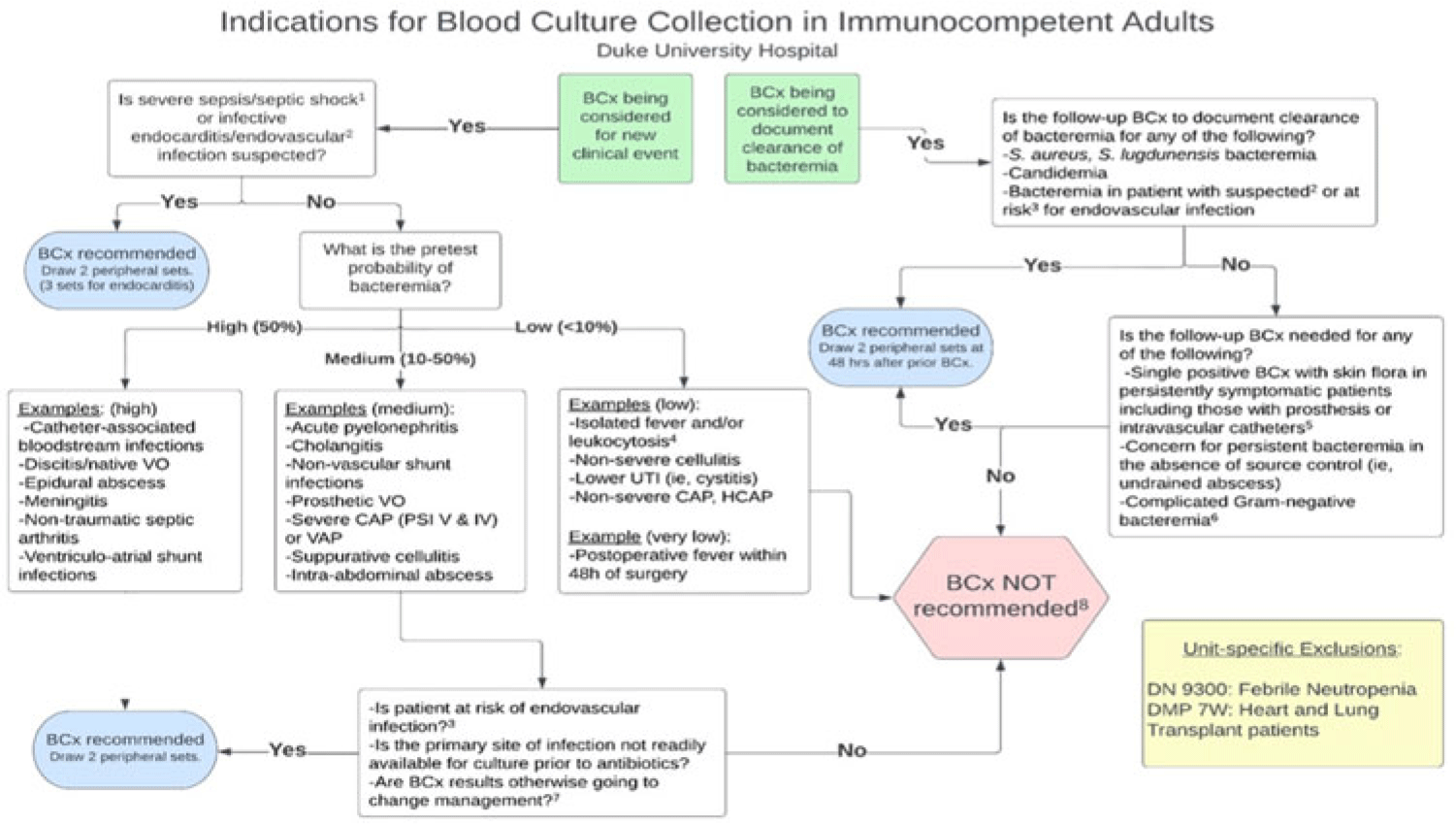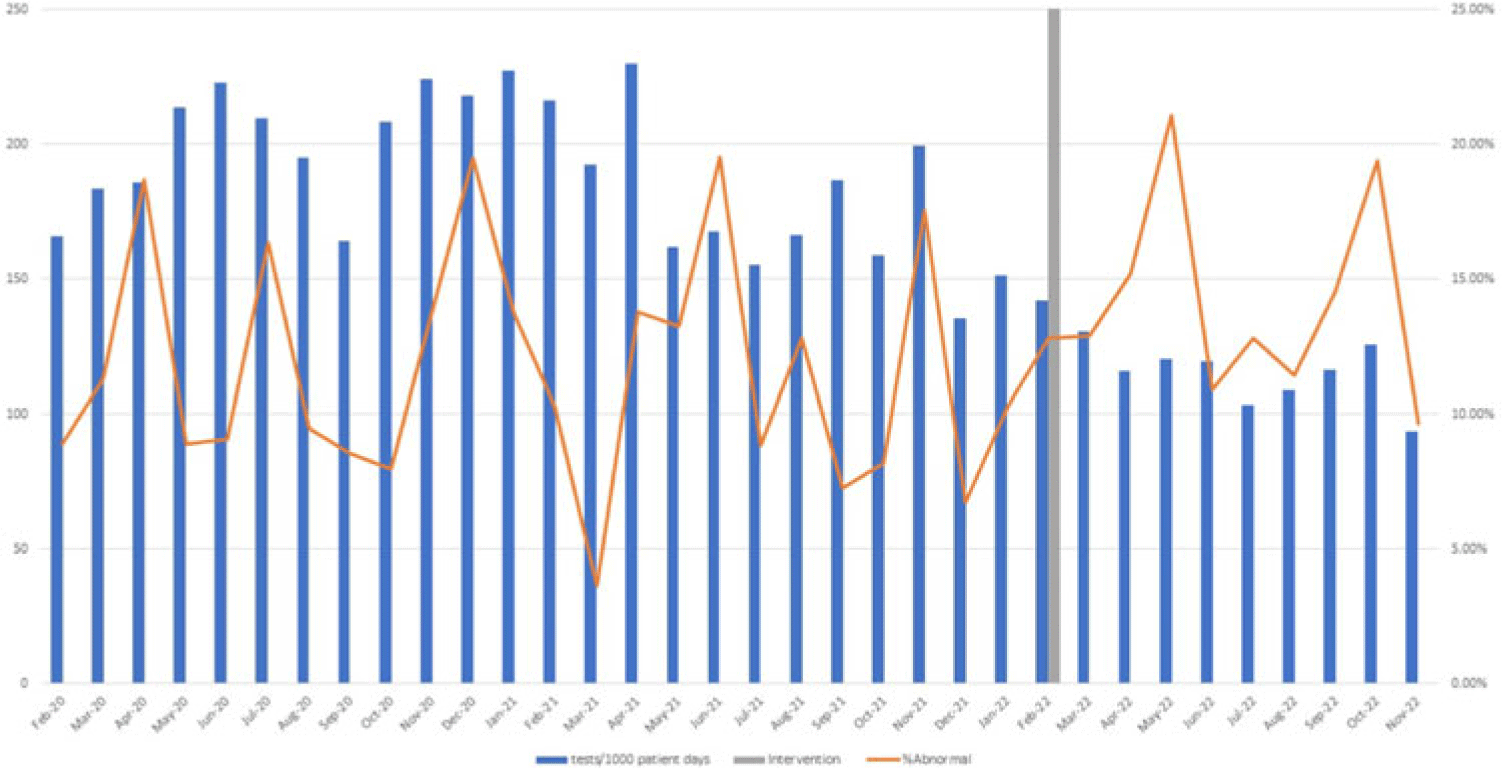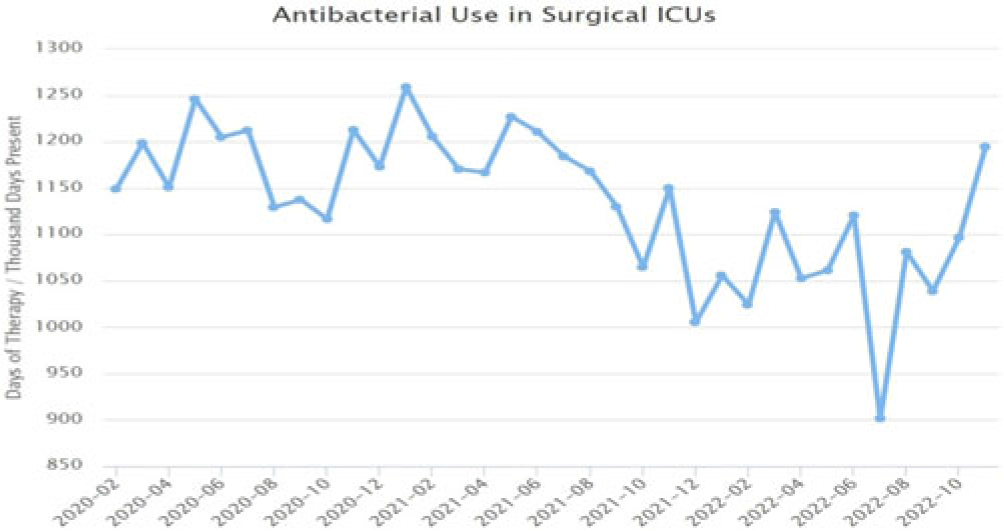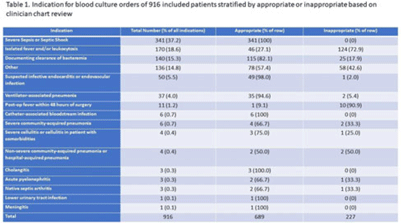234 results
The Rapid ASKAP Continuum Survey III: Spectra and Polarisation In Cutouts of Extragalactic Sources (SPICE-RACS) first data release – CORRIGENDUM
-
- Journal:
- Publications of the Astronomical Society of Australia / Volume 41 / 2024
- Published online by Cambridge University Press:
- 03 June 2024, e039
-
- Article
-
- You have access
- Open access
- HTML
- Export citation
Evolutionary Map of the Universe (EMU): Observations of Filamentary Structures in the Abell S1136 Galaxy Cluster
-
- Journal:
- Publications of the Astronomical Society of Australia / Accepted manuscript
- Published online by Cambridge University Press:
- 23 May 2024, pp. 1-18
-
- Article
- Export citation
219 Engagement as a Spectrum: Co-Developing and Implementing a Training Series to Enhance Researcher Capacity for Engaging Community and Patient Partners
- Part of
-
- Journal:
- Journal of Clinical and Translational Science / Volume 8 / Issue s1 / April 2024
- Published online by Cambridge University Press:
- 03 April 2024, p. 67
-
- Article
-
- You have access
- Open access
- Export citation
38 Language and memory outcome after frontal or temporal resection for epilepsy
-
- Journal:
- Journal of the International Neuropsychological Society / Volume 29 / Issue s1 / November 2023
- Published online by Cambridge University Press:
- 21 December 2023, pp. 912-913
-
- Article
-
- You have access
- Export citation
Implementation of a diagnostic stewardship intervention to improve blood-culture utilization in 2 surgical ICUs: Time for a blood-culture change
-
- Journal:
- Infection Control & Hospital Epidemiology / Volume 45 / Issue 4 / April 2024
- Published online by Cambridge University Press:
- 11 December 2023, pp. 452-458
- Print publication:
- April 2024
-
- Article
-
- You have access
- Open access
- HTML
- Export citation
Racial disparities in Clostridioides difficile testing in three southeastern US hospitals
-
- Journal:
- Infection Control & Hospital Epidemiology / Volume 45 / Issue 4 / April 2024
- Published online by Cambridge University Press:
- 20 November 2023, pp. 429-433
- Print publication:
- April 2024
-
- Article
-
- You have access
- Open access
- HTML
- Export citation
Strategies used for the COVID-OUT decentralized trial of outpatient treatment of SARS-CoV-2
-
- Journal:
- Journal of Clinical and Translational Science / Volume 7 / Issue 1 / 2023
- Published online by Cambridge University Press:
- 07 November 2023, e242
-
- Article
-
- You have access
- Open access
- HTML
- Export citation
Lower redemption of monthly Special Supplemental Nutrition Program for Women, Infants and Children benefits associated with higher risk of program discontinuation
-
- Journal:
- Public Health Nutrition / Volume 26 / Issue 12 / December 2023
- Published online by Cambridge University Press:
- 09 October 2023, pp. 3041-3050
-
- Article
-
- You have access
- Open access
- HTML
- Export citation
Implementation of diagnostic stewardship in two surgical ICUs: Time for a blood-culture change
-
- Journal:
- Antimicrobial Stewardship & Healthcare Epidemiology / Volume 3 / Issue S2 / June 2023
- Published online by Cambridge University Press:
- 29 September 2023, pp. s9-s10
-
- Article
-
- You have access
- Open access
- Export citation
The Rapid ASKAP Continuum Survey III: Spectra and Polarisation In Cutouts of Extragalactic Sources (SPICE-RACS) first data release
-
- Journal:
- Publications of the Astronomical Society of Australia / Volume 40 / 2023
- Published online by Cambridge University Press:
- 30 August 2023, e040
-
- Article
-
- You have access
- Open access
- HTML
- Export citation
Disinfection efficacy of Oxivir TB wipe residue on severe acute respiratory coronavirus virus 2 (SARS-CoV-2)
-
- Journal:
- Infection Control & Hospital Epidemiology / Volume 44 / Issue 11 / November 2023
- Published online by Cambridge University Press:
- 19 July 2023, pp. 1891-1893
- Print publication:
- November 2023
-
- Article
-
- You have access
- Open access
- HTML
- Export citation
CONSTRUCTING A PRODUCT ARCHITECTURE STRATEGY AND EFFECTS (PASE) MATRIX FOR EVALUATION AND SELECTION OF PRODUCT ARCHITECTURES
-
- Journal:
- Proceedings of the Design Society / Volume 3 / July 2023
- Published online by Cambridge University Press:
- 19 June 2023, pp. 1087-1096
-
- Article
-
- You have access
- Open access
- Export citation
Comparative transmission of SARS-CoV-2 Omicron (B.1.1.529) and Delta (B.1.617.2) variants and the impact of vaccination: national cohort study, England
-
- Journal:
- Epidemiology & Infection / Volume 151 / 2023
- Published online by Cambridge University Press:
- 20 March 2023, e58
-
- Article
-
- You have access
- Open access
- HTML
- Export citation
Optimizing reflex urine cultures: Using a population-specific approach to diagnostic stewardship
-
- Journal:
- Infection Control & Hospital Epidemiology / Volume 44 / Issue 2 / February 2023
- Published online by Cambridge University Press:
- 10 January 2023, pp. 206-209
- Print publication:
- February 2023
-
- Article
- Export citation
Belief bias and representation in assessing the Bayesian rationality of others
-
- Journal:
- Judgment and Decision Making / Volume 14 / Issue 1 / January 2019
- Published online by Cambridge University Press:
- 01 January 2023, pp. 1-10
-
- Article
-
- You have access
- Open access
- HTML
- Export citation
The Evolutionary Map of the Universe Pilot Survey – ADDENDUM
-
- Journal:
- Publications of the Astronomical Society of Australia / Volume 39 / 2022
- Published online by Cambridge University Press:
- 02 November 2022, e055
-
- Article
- Export citation
Evaluation of hospital blood culture utilization rates to identify opportunities for diagnostic stewardship
-
- Journal:
- Infection Control & Hospital Epidemiology / Volume 44 / Issue 2 / February 2023
- Published online by Cambridge University Press:
- 08 August 2022, pp. 200-205
- Print publication:
- February 2023
-
- Article
- Export citation
Inequitable access: factors associated with incomplete referrals to paediatric cardiology
-
- Journal:
- Cardiology in the Young / Volume 34 / Issue 2 / February 2024
- Published online by Cambridge University Press:
- 18 July 2022, pp. 428-435
-
- Article
- Export citation
27 - Deceptive Cadence
-
- Book:
- Karl Straube (1873-1950)
- Published by:
- Boydell & Brewer
- Published online:
- 26 May 2022
- Print publication:
- 15 April 2022, pp 368-383
-
- Chapter
- Export citation
Part I - Berlin 1873–1897
-
- Book:
- Karl Straube (1873-1950)
- Published by:
- Boydell & Brewer
- Published online:
- 26 May 2022
- Print publication:
- 15 April 2022, pp 5-6
-
- Chapter
- Export citation





















